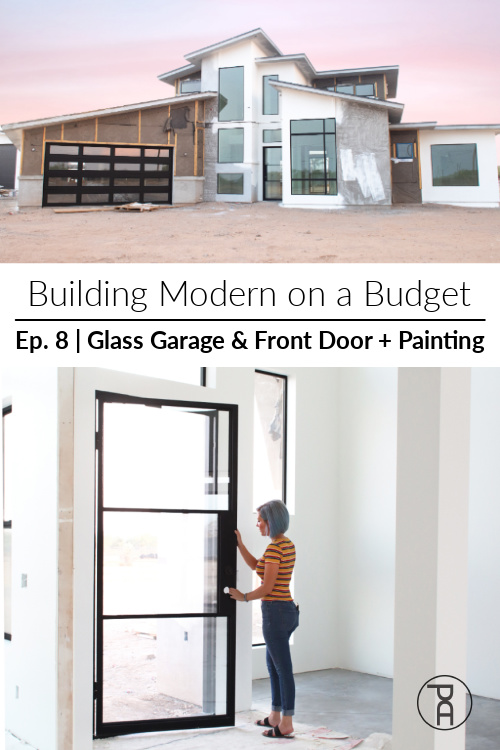Glass garage doors have become increasingly popular for their sleek, modern appearance and ability to bring natural light into your space. But they come with higher price tags and additional maintenance requirements that are worth considering.
If you're thinking about upgrading to a glass garage door, understanding the full picture is important. This guide covers pricing, leading brands, and maintenance realities to help you make an informed decision for your home.
Breaking Down Glass Overhead Garage Door Prices
Glass garage doors sit at the higher end of the market, with prices reflecting their craftsmanship and materials. Let’s unpack what you’re paying for.
Cost Comparison: Glass vs. Traditional Materials
High-quality glass overhead garage doors average $4,500, ranging from $2,500 to $8,000 for standard residential models. Premium options like impact-resistant glass can reach $11,100 for double-car setups 12. Here’s how they stack up against other materials:
| Material | Average Price Range (Installed) |
|---|---|
| Steel | $250 – $4,000 |
| Wood | $1,000 – $8,000 |
| Glass (Insulated) | $4,800 – $11,100 |
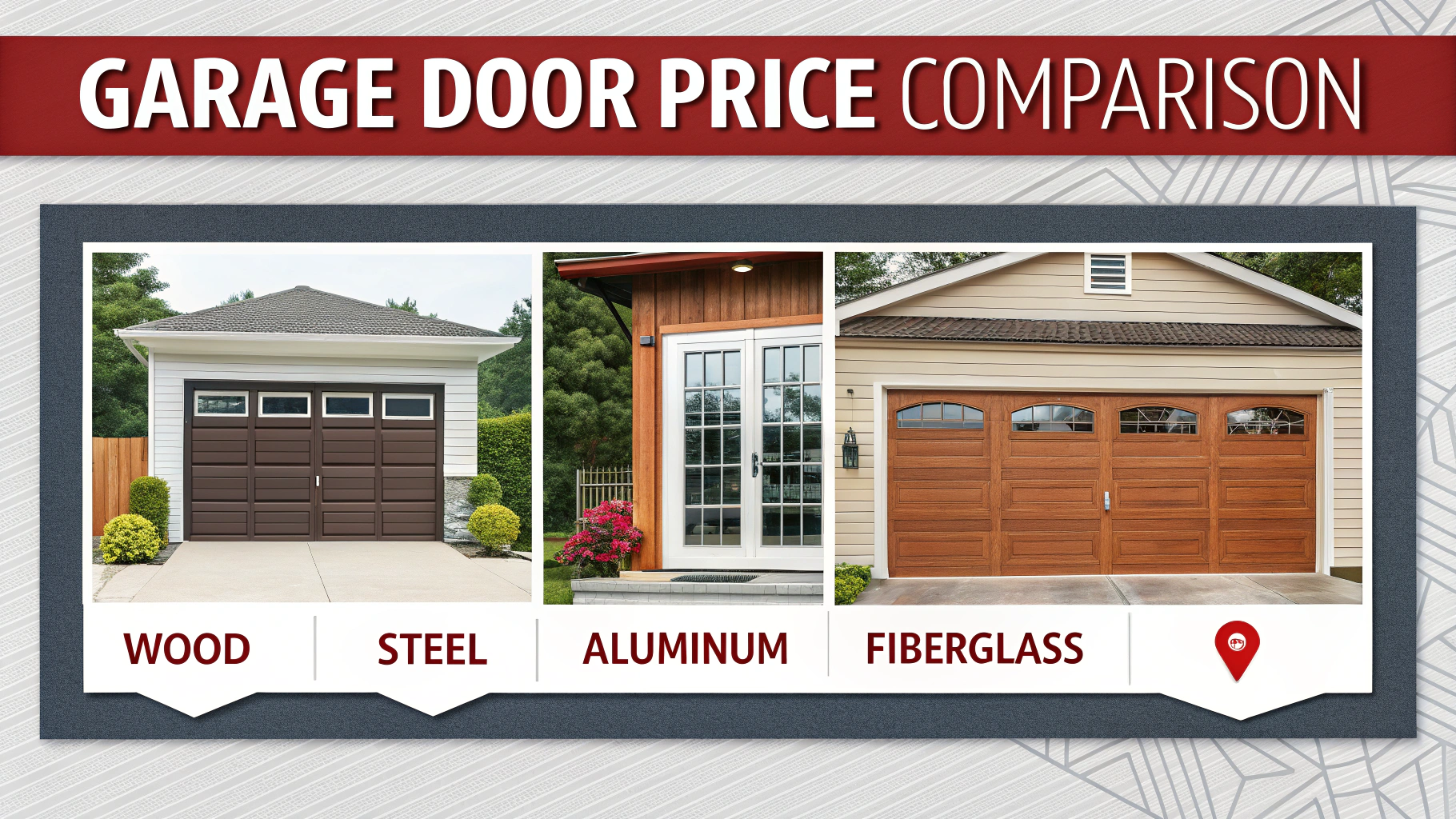 Glass doors cost more because of their customizable frames, energy-efficient glass options, and modern design. The price varies depending on your specific needs. For instance, a Miami homeowner might invest in UV-resistant laminated glass to handle the intense sun, while a family in Chicago would likely choose insulated panels to keep out the winter cold 3.
Glass doors cost more because of their customizable frames, energy-efficient glass options, and modern design. The price varies depending on your specific needs. For instance, a Miami homeowner might invest in UV-resistant laminated glass to handle the intense sun, while a family in Chicago would likely choose insulated panels to keep out the winter cold 3.
What Drives the Price?
Glass Type: Tempered glass ($3,700–$8,400) is budget-friendly but less durable. Meanwhile, insulated or laminated glass ($4,800–$11,100) reduces noise and energy bills 45.
Frame Material: Aluminum frames ($2,500–$5,500) resist corrosion, ideal for coastal areas. Wood or fiberglass upgrades ($4,000–$8,000+) suit traditional homes 6.
Size: An 8’x7’ door starts around $4,000, while oversized 18’x7’ commercial doors exceed $10,000 5.
Installation: Pros charge $700–$2,700 depending on complexity. Basic setups fall in the $700–$1,500 range, while larger jobs require reinforced tracks or electrical work 89.
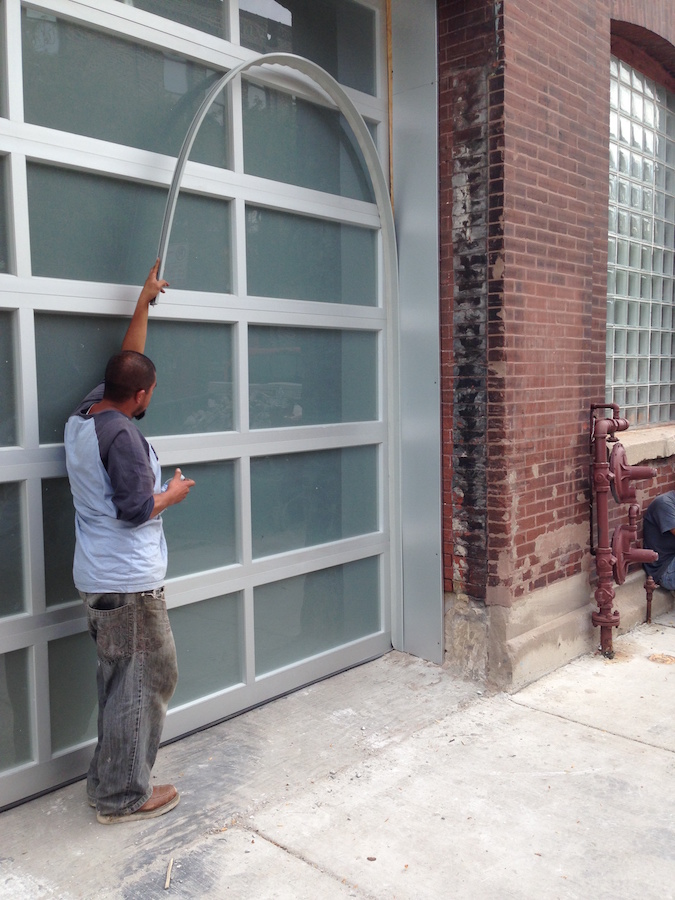
Top Brands for Lasting Quality
Choosing trusted brands ensures better durability and support. Here’s how leading manufacturers compare:
ArmorLite: Premium Customization
Known for commercial-grade durability, ArmorLite uses welded aluminum frames and offers finishes like anodized bronze. Their doors ($4,000–$8,000+) are a go-to for architects designing modern homes 1011.

Clopay and Amarr: Balance of Style and Function
Clopay’s frosted glass options add privacy, while Amarr’s powder-coated frames resist fading. Both brands cater to homeowners wanting curb appeal without sacrificing insulation 1213.
CHI and Wayne Dalton: Affordable Innovation
CHI focuses on laminated safety glass for impact resistance, whereas Wayne Dalton delivers contemporary styles at lower price points, perfect for DIY-friendly retrofits 1213.
Installation: Professional vs. DIY
Why Hire a Pro?
Professionals handle the heavy lifting, literally. For $700–$1,500 (or up to $2,700 for complex jobs), they:
- Safely install fragile panels using lifting equipment.
- Adjust high-tension springs (which can cause injury if mishandled).
- Ensure motors and safety sensors work flawlessly 917.
As Jake, a contractor from Ohio, notes: “I’ve seen DIYers crack $3,000 panels trying to save on labor. The risk isn’t worth it.”
DIY Pitfalls
While skipping labor costs saves $210–$600 upfront, DIY demands:
Expertise in wiring openers and balancing door springs.
Specialty tools like hydraulic lifts for oversized panels.
Willingness to void warranties if installation fails 18.
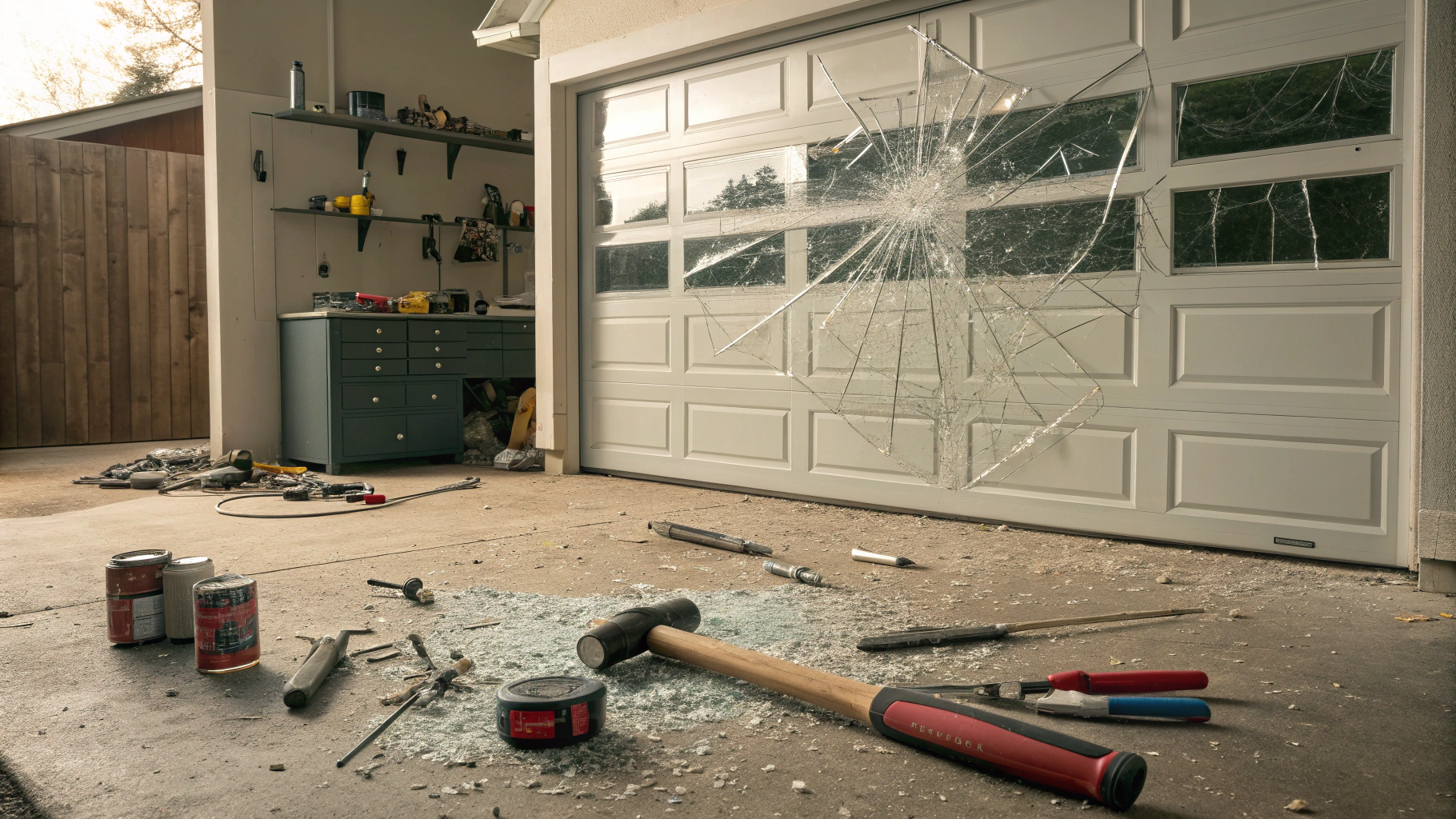
Maintenance Tips for Every Climate
Routine care prevents costly repairs and extends your door’s life.
Universal Upkeep
Monthly Checks: Inspect tracks for debris and test safety sensors. A clogged track in Minnesota caused one homeowner’s door to jam during a snowstorm, a 10-minute clean-up saved a $500 repair 1920.
Cleaning: Use vinegar solutions on glass and silicone spray on rollers every 3–6 months. Avoid abrasive pads, they scratch finishes 2122.

Seal Updates: Replace weatherstripping every 2–3 years to block drafts .
Climate-Specific Adjustments
Cold Climates: Insulated glass reduces condensation. Sarah from Maine saw a 15% drop in heating costs after upgrading.
Coastal Areas: Rinse aluminum frames monthly to combat salt corrosion.
Sunny Regions: Apply UV-resistant window film to prevent interior heat buildup 3.
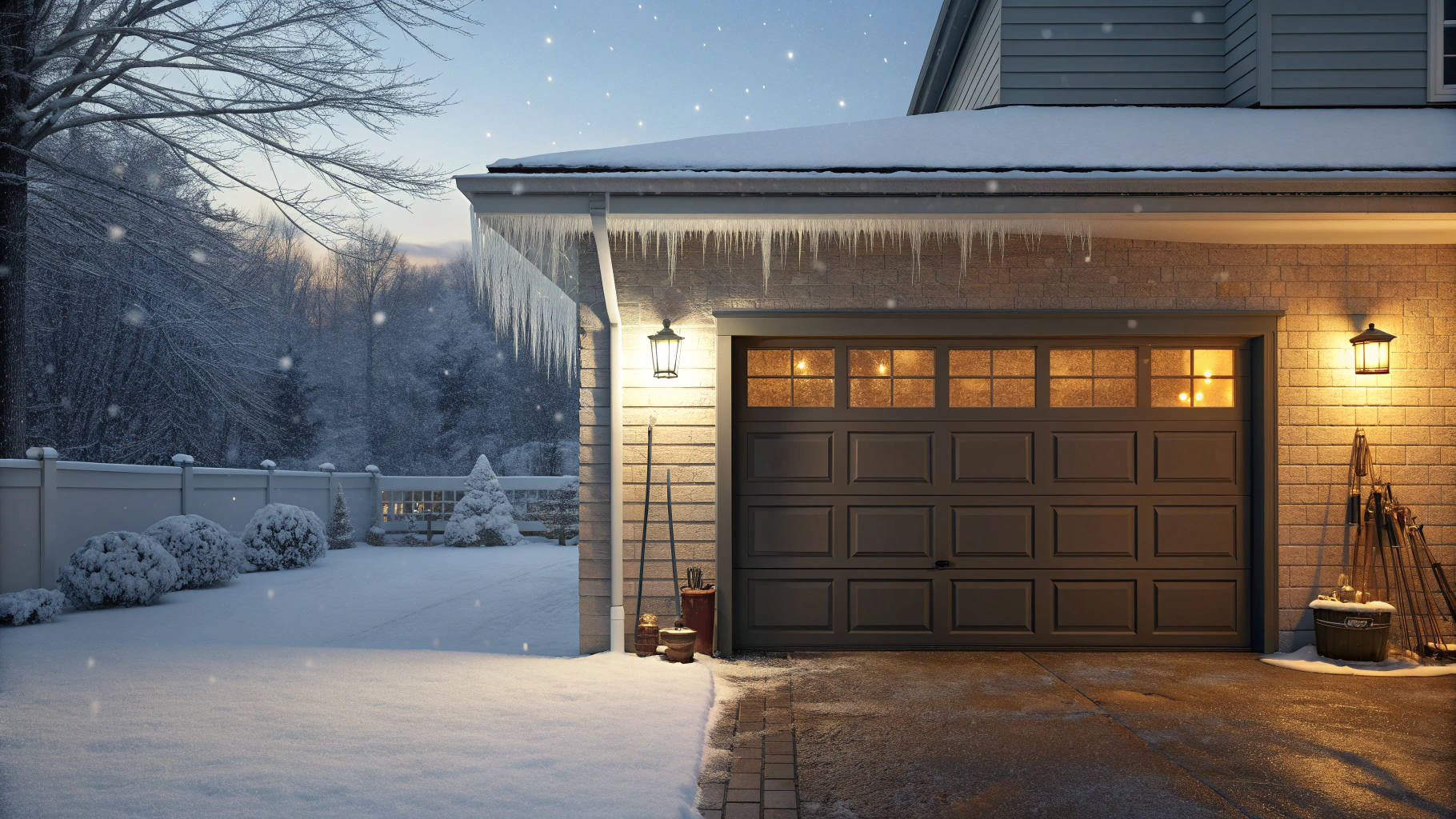
Troubleshooting Common Issues
- Sticking Doors: Often caused by dirty tracks. Clean and lubricate first before calling a pro.
- Noisy Operation: Worn rollers are usually the culprit. Swap them out for nylon-coated versions 24.
- Sensor Problems: Misaligned safety sensors trigger automatic reverses. Adjust using a bubble level 20.
Final Thoughts
Getting a glass garage door doesn't have to be overwhelming. Choose a reputable brand. ArmorLite if you want luxury, or Clopay for good quality at a reasonable price. Make sure you get professional installation, especially for complex setups, and tailor your maintenance routine to your local climate. Do this right, and your glass garage door will be a smart investment that keeps your home looking modern and bright for years to come.

